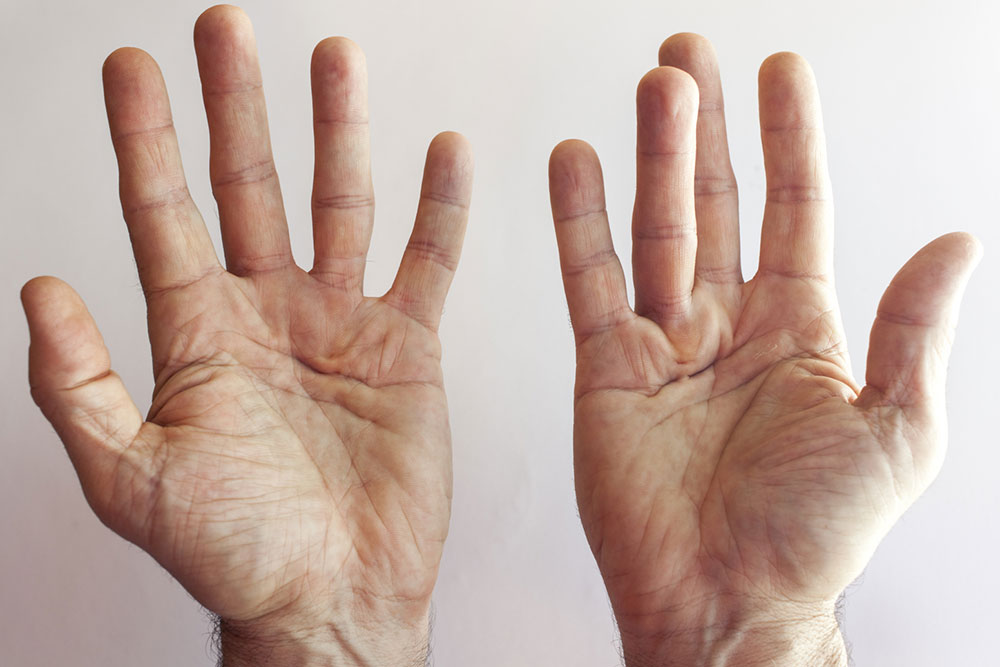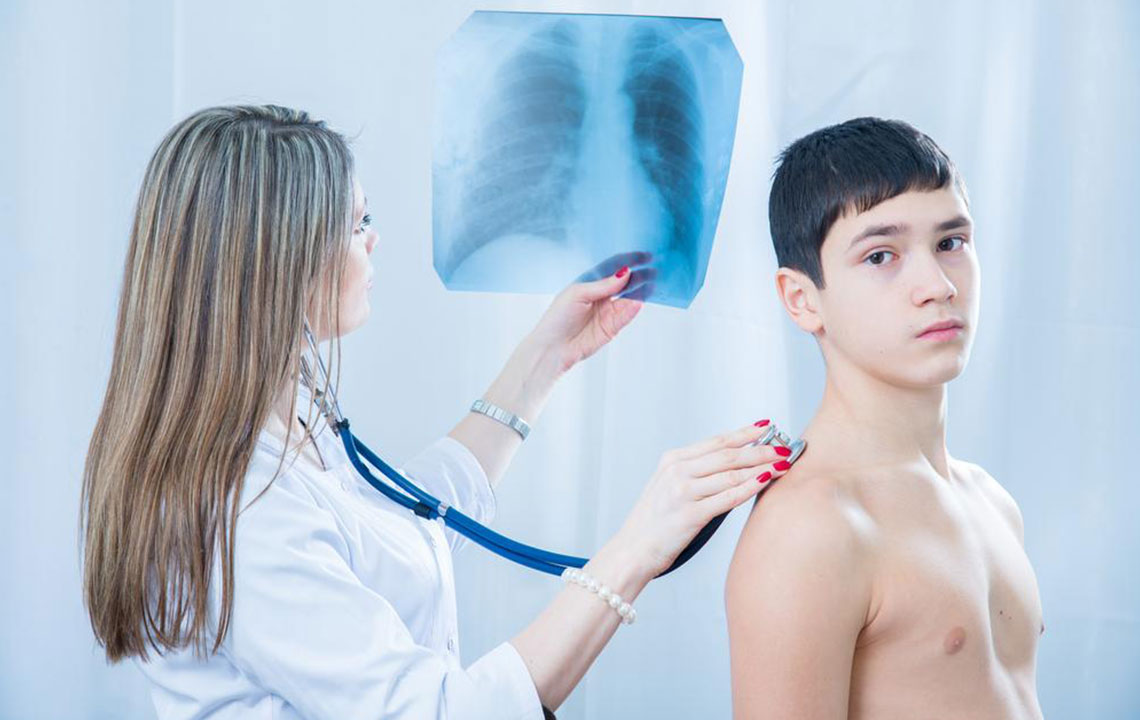Comprehensive Guide to Dupuytren’s Disease: Symptoms, Causes, and Management Strategies
Dupuytren’s disease is a progressive hand condition causing nodules and cords in the palm, leading to finger bending. This comprehensive guide covers symptoms, causes, risk factors, and treatment options, providing valuable insights for early detection and effective management. Understanding this condition helps patients improve hand function and quality of life through tailored interventions and lifestyle adjustments.

Comprehensive Guide to Dupuytren’s Disease: Symptoms, Causes, and Management Strategies
Dupuytren’s disease, also known as Dupuytren’s contracture, is a progressive hand disorder that affects the connective tissue beneath the skin of the palm. This condition leads to the formation of nodules—small lumps—that gradually develop into thick, fibrous cords. As these cords form, they exert a pulling force on the fingers, particularly the ring and little fingers, causing them to bend toward the palm. Over time, this curvature can severely impair hand function, making everyday tasks such as gripping objects, wearing gloves, or shaking hands challenging.
Understanding the intricacies of Dupuytren’s disease is essential for early detection, effective management, and improving quality of life for affected individuals. This article provides a comprehensive overview of the symptoms, causes, risk factors, and treatment options associated with Dupuytren’s disease, aiming to educate readers about this often misunderstood condition.
Recognizing the Symptoms of Dupuytren’s Disease
The progression of Dupuytren’s disease varies among individuals, but certain signs and symptoms serve as early indicators. The condition primarily impacts the ring finger and little finger but can sometimes affect other fingers, including the index and middle fingers, particularly in advanced stages.
The hallmark features of Dupuytren’s disease include:
Thickened, hardened skin on the palm that may appear dimpled or puckered over time.
A palpable lump or nodule within the palm, often soft initially but can become firm as the disease progresses.
The formation of tight, fibrous cords that pull the affected fingers inward, leading to a flexion deformity.
Difficulty straightening the fingers once they are bent, which hampers normal hand movements and functions.
In some cases, mild discomfort or tenderness might be associated with the nodules, but pain is generally minimal.
The symptoms tend to develop slowly, often over several years, which can lead to delayed diagnosis. Usually, one hand exhibits more prominent symptoms; however, bilateral involvement is possible.
What Causes Dupuytren’s Disease? Unraveling the Contributing Factors
Despite extensive research, the precise cause of Dupuytren’s disease remains elusive. It is considered a complex disorder with multiple contributing factors that influence its development and progression.
Several risk factors have been identified through clinical studies, including:
Age: The risk escalates significantly after the age of 50, with most cases diagnosed in middle-aged and older adults.
Gender: Men are more frequently affected than women, possibly due to differences in connective tissue structure or hormonal influences.
Genetics: A family history of Dupuytren’s disease increases susceptibility, suggesting a hereditary component.
Lifestyle Factors: Smoking appears to worsen the risk, potentially due to its adverse effects on blood vessels and tissue health. Alcohol consumption has also been linked to the disease in some studies, although more research is needed.
Medical Conditions: Individuals with diabetes tend to develop Dupuytren’s disease more commonly. Other conditions like epilepsy, liver disease, or exposure to certain medications may also play a role.
Other Factors: Certain environmental and occupational exposures, such as repetitive hand movements or vibration from tools, may contribute.
Managing and Treating Dupuytren’s Disease
While there is no universal cure for Dupuytren’s disease, various treatment options are available to manage symptoms and prevent progression. The approach depends on the severity of the condition, the impact on hand function, and patient preferences.
Early-stage disease may be managed with passive stretching and hand therapy, though these interventions may only slow progression. For more advanced cases, surgical and non-surgical procedures are considered:
Needle Aponeurotomy: A minimally invasive technique where a needle is used to sever the cords, allowing fingers to straighten.
Enzyme Injection (Collagenase): An injectable enzyme that breaks down the thick cords, providing temporary relief and improving movement.
Surgical Fasciectomy: Removal of the affected fascia (connective tissue), typically performed under local or general anesthesia for severe deformities.
Postoperative Therapy: Hand therapy and exercises post-surgery to restore mobility and prevent recurrence.
Choosing the right treatment depends on individual circumstances, including age, overall health, and disease stage. Regular follow-up with a healthcare professional ensures effective management and monitoring for potential recurrence.
Living with Dupuytren’s Disease: Tips for Better Hand Function
Managing Dupuytren’s disease involves not only medical interventions but also lifestyle adjustments. Maintaining hand flexibility and strength through targeted exercises can be beneficial, especially in early stages.
Protecting the hand from injury and avoiding repetitive strain can help slow disease progression. If surgical treatment is performed, adhering to postoperative rehabilitation routines is crucial for optimal recovery.
Patients should stay vigilant for any new symptoms or changes in hand function and seek prompt medical advice to address concerns early. Support groups and patient education resources can also provide emotional comfort and practical tips.
In summary, Dupuytren’s disease is a gradually progressive condition that impacts hand functionality. Early recognition, appropriate management, and ongoing care are essential for maintaining quality of life and hand health.





